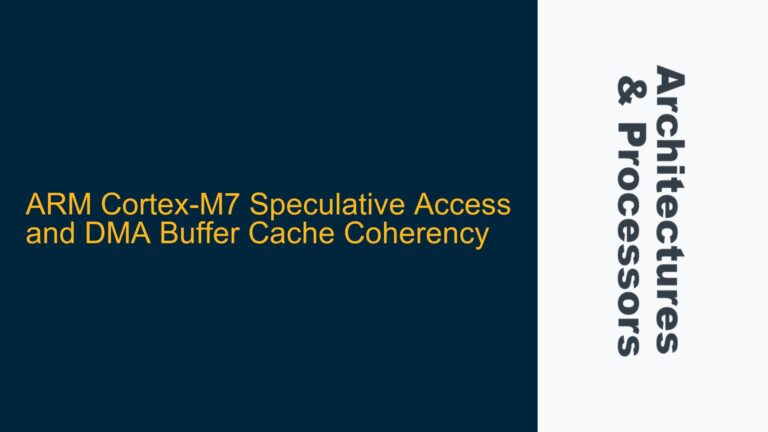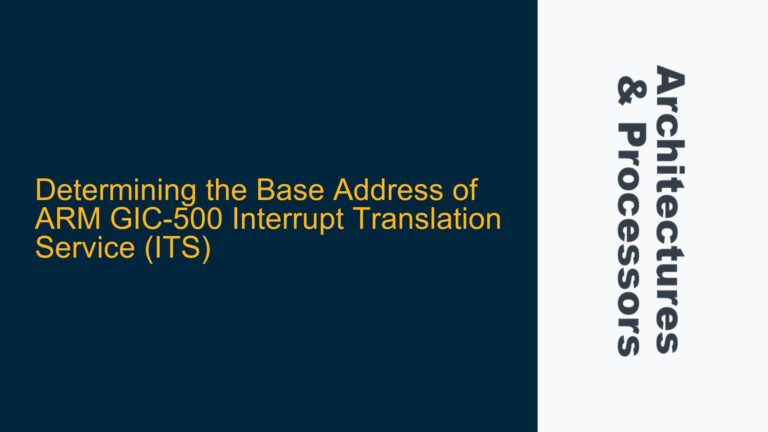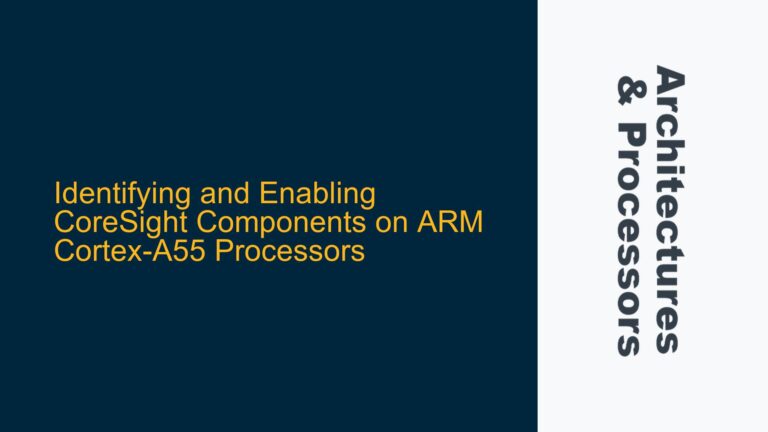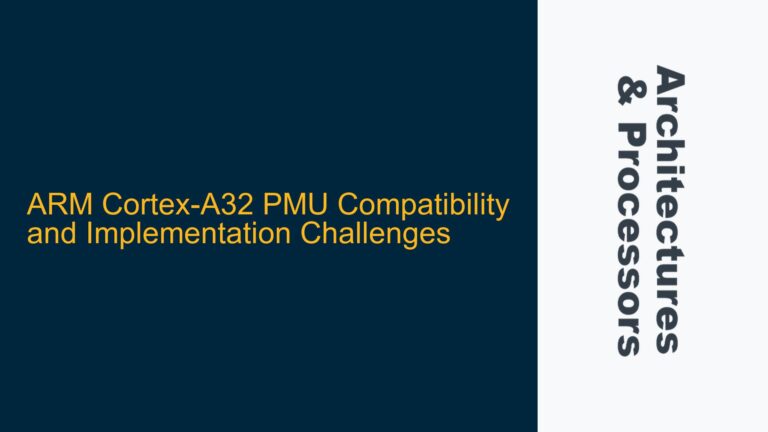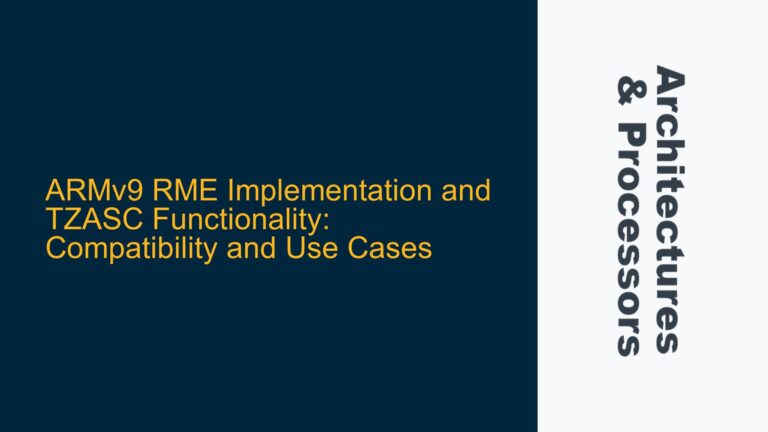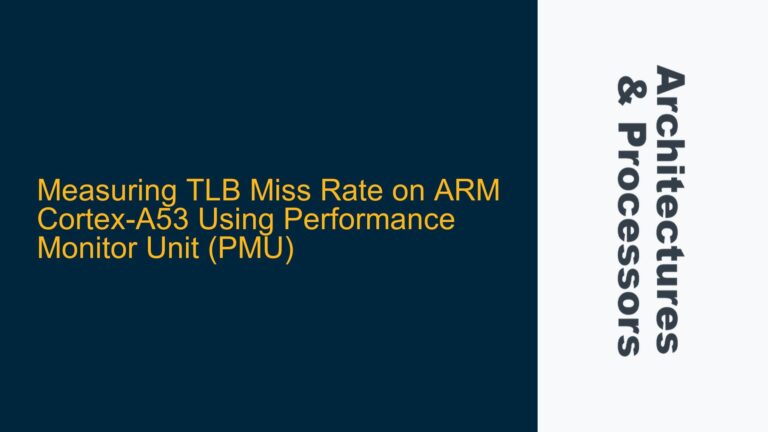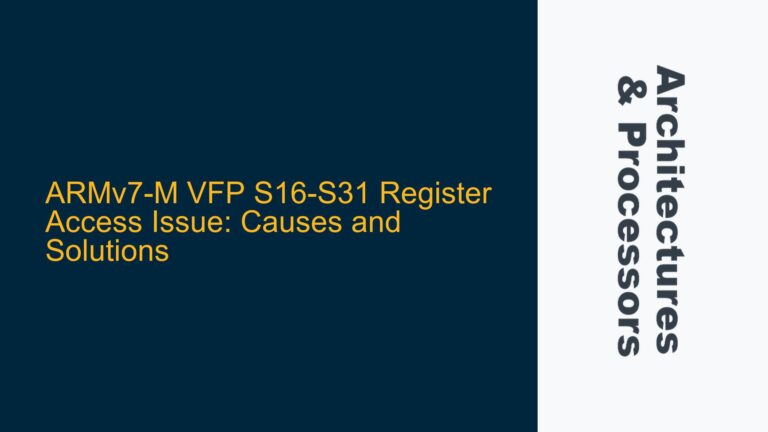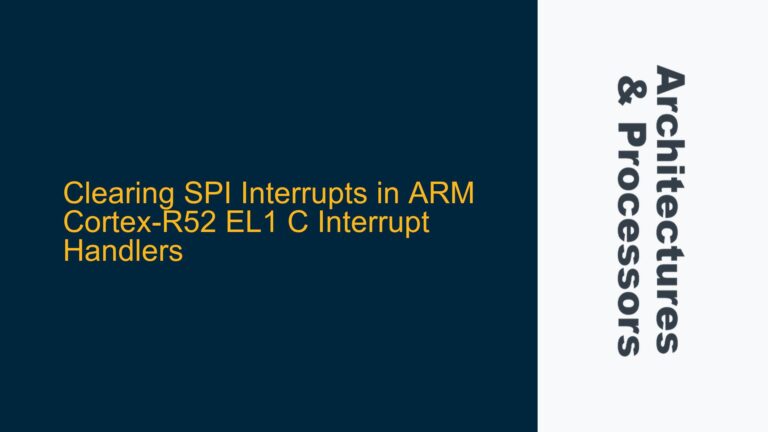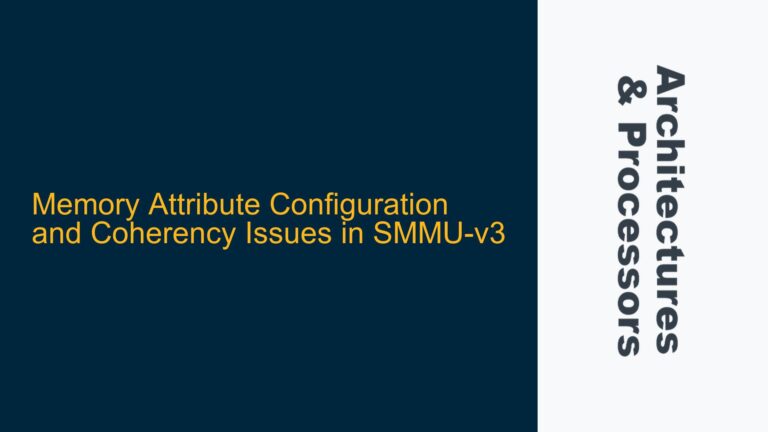ARM Cortex-M7 Speculative Access and DMA Buffer Cache Coherency
Speculative Data Access and DMA Buffer Cache Pollution on Cortex-M7 The ARM Cortex-M7 processor, with its advanced features like speculative execution and data caching, introduces complexities in managing cache coherency, especially during Direct Memory Access (DMA) operations. Speculative data access is a mechanism where the processor pre-fetches data into the cache based on predicted future…
